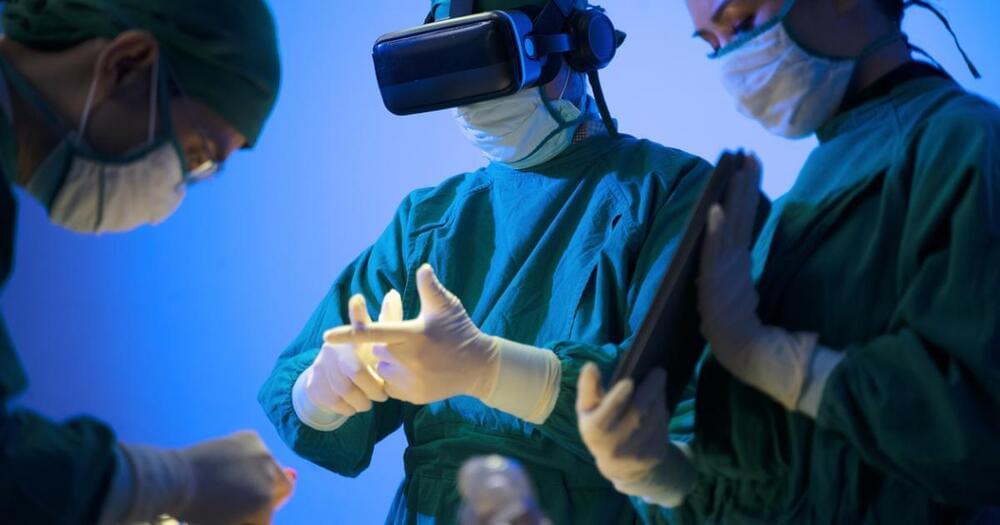Researchers from the University of Oxford have achieved a major advancement toward realizing miniature bio-integrated devices, capable of directly stimulating cells. Their findings were recently published in the journal Nature.
Small bio-integrated devices that can interact with and stimulate cells could have important therapeutic applications, such as targeted drug delivery and promoting faster wound recovery. A major obstacle, however, has been providing an efficient microscale power source for these devices, a challenge that has remained unsolved.
To address this, researchers from the University of Oxford.







